FIP in cats is a subject that many pet owners may find both mysterious and alarming. In this article, we will explore Feline Infectious Peritonitis (FIP), a serious and almost always fatal viral disease.
You'll learn about the known cause of FIP, the puzzling method of infection, and the two main forms of this illness: wet and dry. We'll also look into who's at risk and the symptoms to watch for.
Finally, we'll touch on the available treatments and preventative measures, including the ongoing investigation into a vaccine.
But don't worry; we'll present all of this information in straightforward terms, making it accessible even if you're new to the topic. If you're a cat owner, this is vital knowledge you won't want to miss.
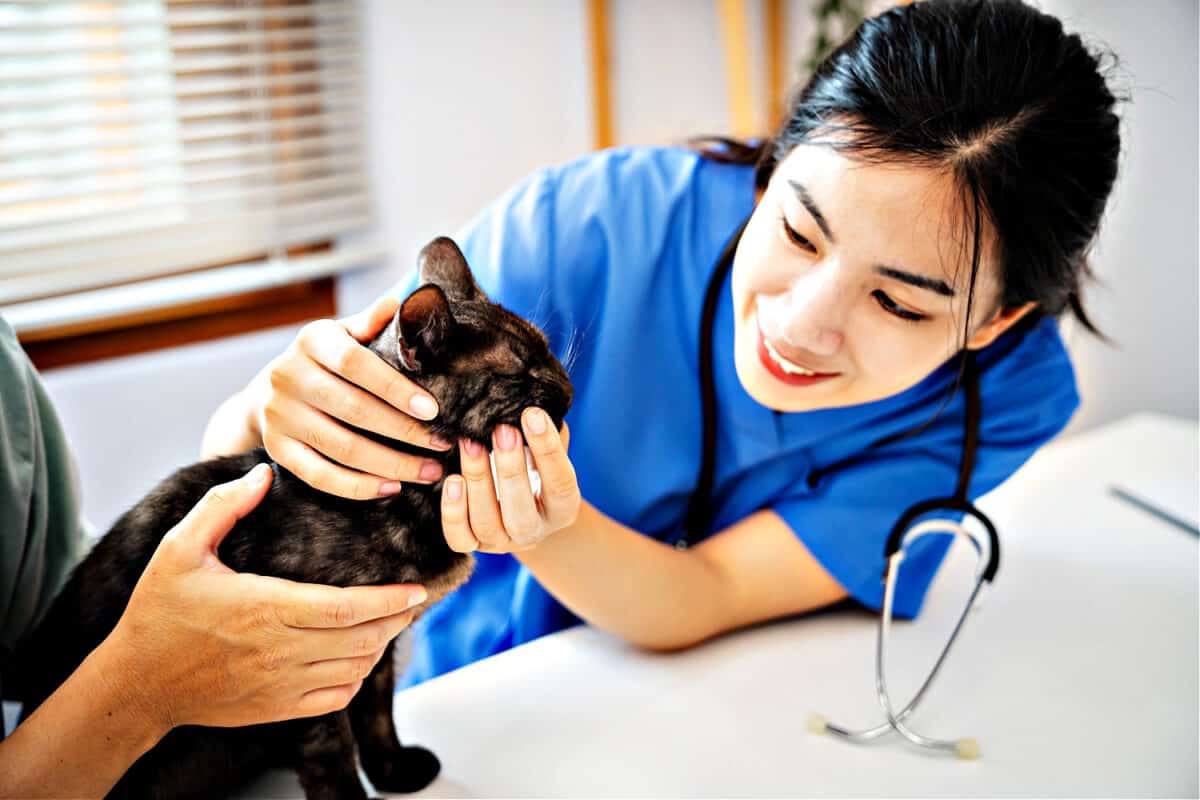
What is FIP?
Feline Infectious Peritonitis (FIP) is a serious viral disease and is almost always fatal. A specific virus of the Corona group is known to be the direct cause of FIP.
The exact method of infection is still a mystery. The FIP virus is a mutation of another virus called the feline enteric coronavirus (FECV).
FECV is quite common among cats but usually causes no more than a mild respiratory infection. Only cats that get the FIP mutation will have the fatal FIP.
The FIP virus attacks the cat's white blood cells and damages the capillary blood vessels throughout the body. Different organs in the body may be involved, causing various physiological phenomena.
Who's at Risk?
Why some cats develop FIP and others do not is still unclear. Most affected cats are under the age of five or over the age of eleven and many come from multi-cat households.
A major factor identified during the past few years is genetics - it appears that some cats are genetically more susceptible to FIP.
These findings have caused alarm among breeders because it implies that some lines are more likely to produce FIP-sensitive cats.
However, due to the spontaneous enigmatic nature of this disease, sporadic cases of FIP over the years, do not necessarily mean that there is a genetic fault with a cattery's breeding stock.
SIGN UP FOR THECATSITE'S EMAIL UPDATES >
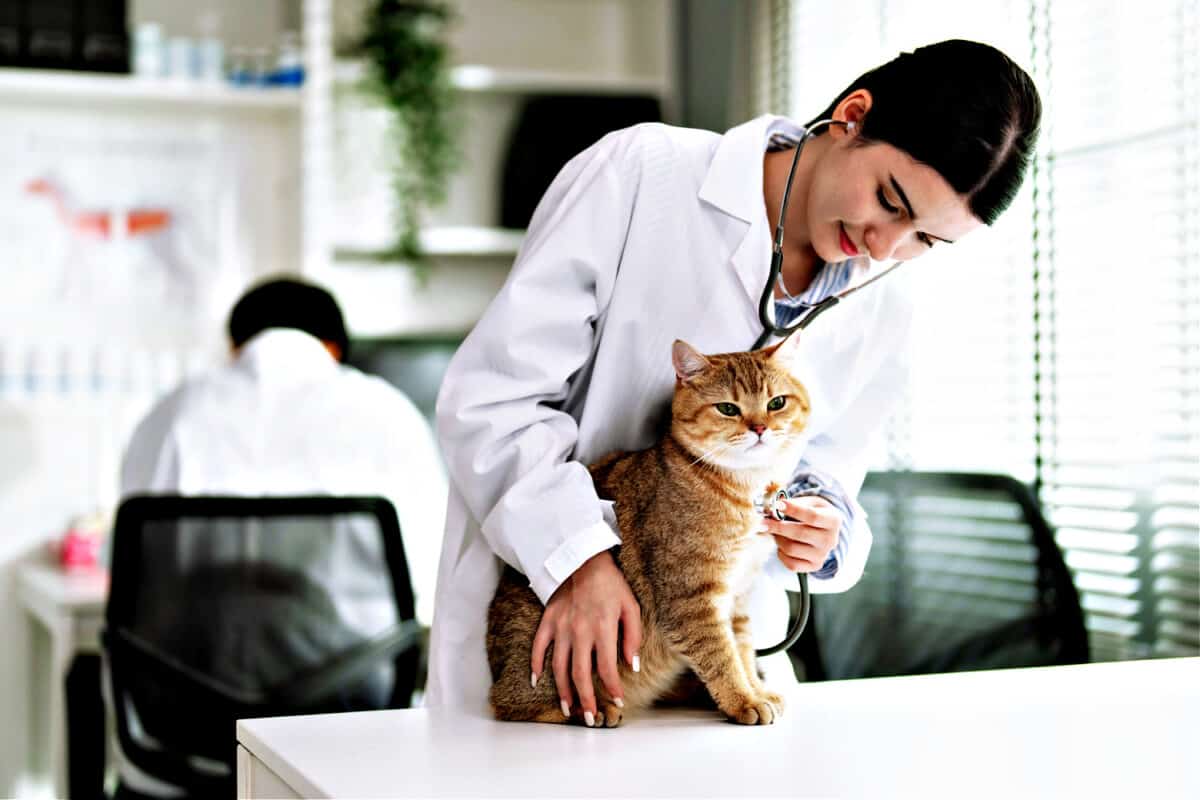
Symptoms of FIP
Since the virus affects the blood vessels and harms different parts of the body, the symptoms may vary between cats. There are two forms of FIP in cats, effusive (wet), and non-effusive (dry). Both are invariably fatal.
In the effusive or wet form, the damage to the blood vessels causes fluid accumulation in tissues and body spaces, especially in the chest and abdomen.
Abdominal swelling and labored breathing are among the signs of wet FIP. Other symptoms include fever, depression, dehydration, anemia, vomiting, diarrhea, and jaundice.
The non-effusive or dry form of FIP has similar symptoms, except there is no accumulation of fluids in the abdomen or chest. Surgical exploration often reveals mucus on the surface of internal organs, however.
Since FIP can be difficult to diagnose, its identification is often based on a combination of several lab tests. In some cases, only a biopsy or surgical exploration can verify if a cat is infected with FIP.
Treatment of FIP
Unfortunately, there is no cure for FIP. Life expectancy for cats with FIP is usually a few weeks. Medications can be used to make the cat more comfortable and may help to slightly extend the cat's life.
Prevention of FIP
It is hard to tell which cat will develop FIP, and preventive measures can never ensure that a certain cat will not become infected.
It is important to keep a cat's immune system functioning well. This means maintaining good nutrition and a low-stress environment.
In multiple cat households, cats must not get overcrowded, as this increases stress levels as well as potential virus levels in the environment.
A FIP vaccine is available, but its effectiveness is still under investigation.
Understanding and Responding to FIP in Cats
FIP in cats is a grave and often fatal condition that requires immediate attention and understanding from pet owners. To recap, here are the key points and practical steps you can take:
- Recognize the Symptoms: FIP can manifest in two forms - wet and dry. Look for signs like abdominal swelling, labored breathing, fever, and dehydration.
- Understand the Risks: While the exact method of infection is unknown, genetics and age can play significant roles. Cats under five or over eleven and those from multi-cat households are more susceptible.
- Seek Professional Diagnosis: Diagnosis may require lab tests, biopsies, or surgical exploration. If you notice any symptoms or changes in your cat's behavior, consult a veterinarian immediately.
- Provide Comfort in Treatment: Unfortunately, there is no cure for FIP, but medications can make your cat more comfortable in the final stages.
- Focus on Prevention: While a foolproof prevention method is unavailable, maintaining good nutrition, a low-stress environment, and avoiding overcrowding can help keep your cat's immune system strong. An FIP vaccine is under investigation but its effectiveness is still unclear.
- Embrace Responsible Pet Care: Your cat's health is a serious matter. Regular check-ups, awareness of symptoms, and timely interventions can make a significant difference in their well-being.
The mysterious nature of FIP and its fatal outcome underline the importance of vigilant care and a strong partnership with a trusted veterinarian.
Your awareness and responsible action can contribute positively to your feline friend's quality of life, even in the face of this daunting health challenge.
If you love your cat, understanding FIP is not just a responsibility; it's a necessity.
SIGN UP FOR THECATSITE'S EMAIL UPDATES >
You may also be interested in:
Comments? Leave them using the comment section below. Questions? Please use the cat forums for those!
Note: We may get commissions for purchases made through links on this page.

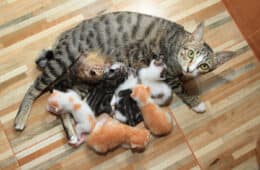
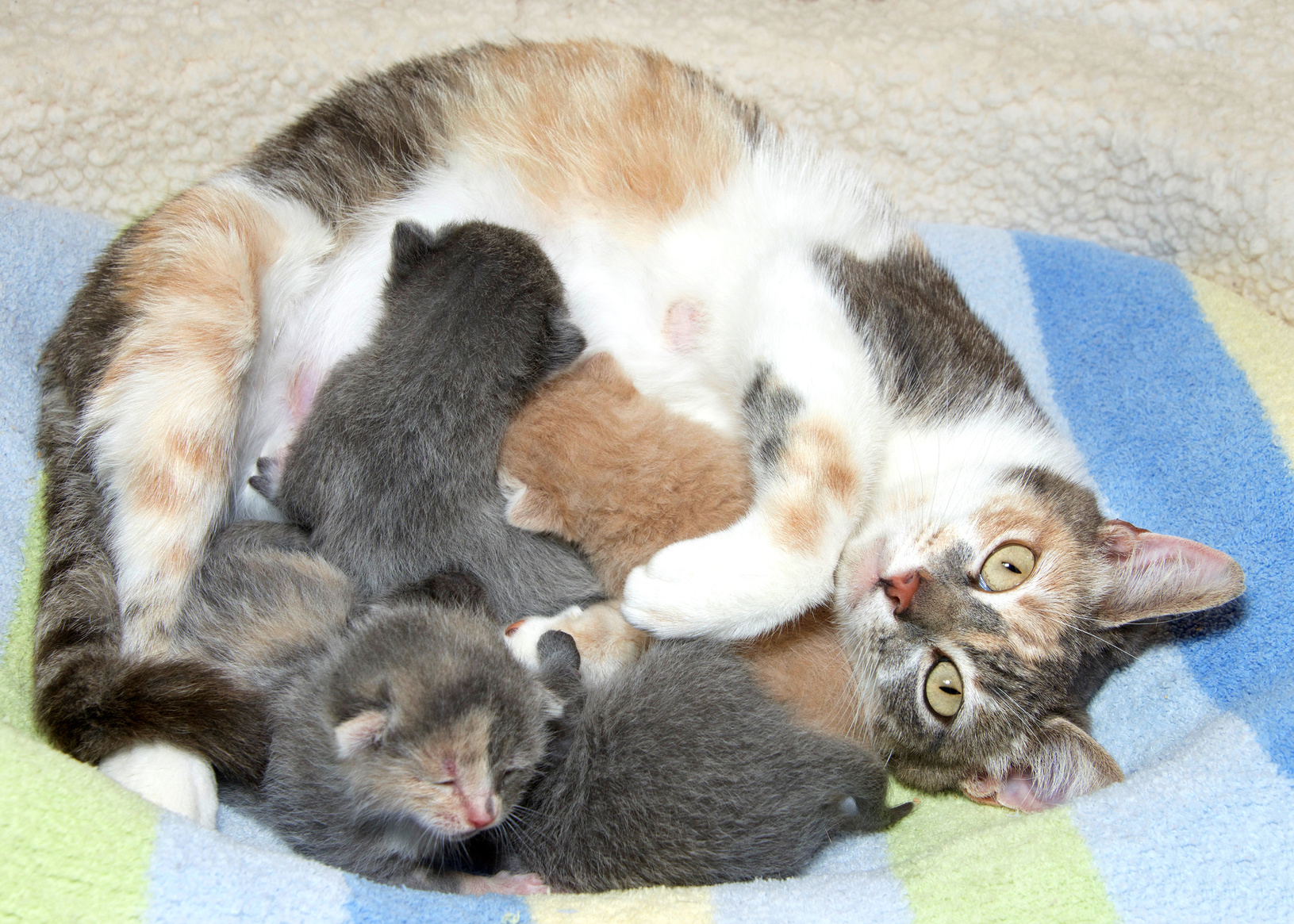
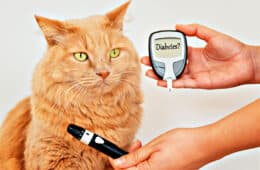
9 comments on “Fip In Cats: A Practical Overview”